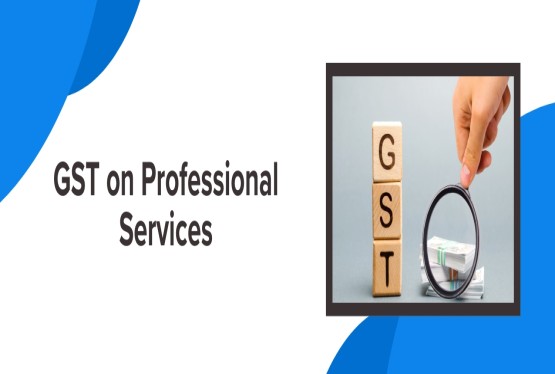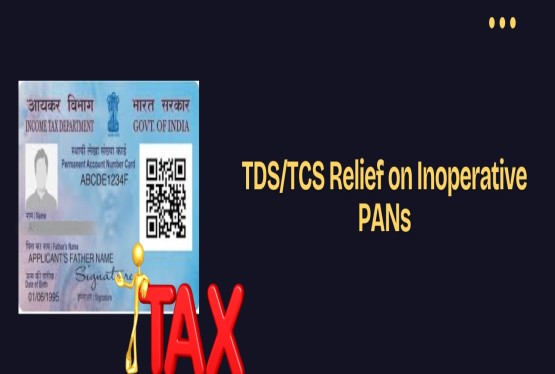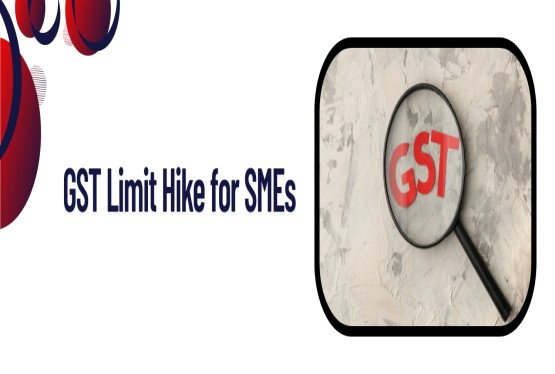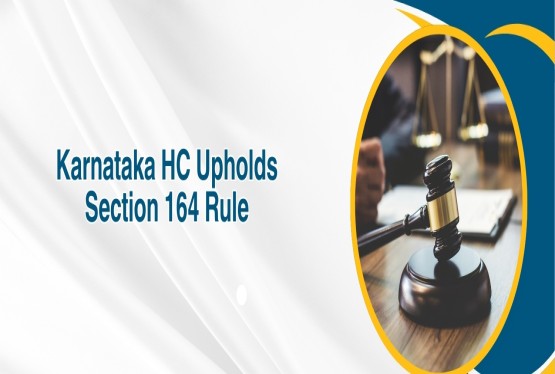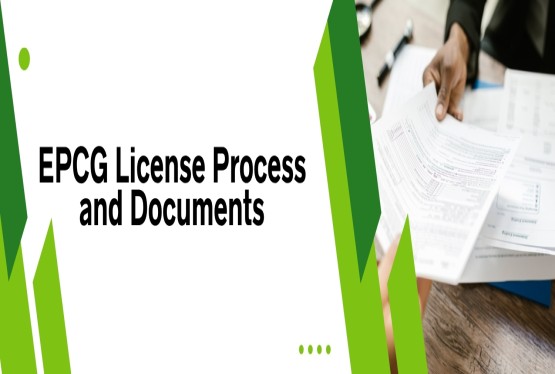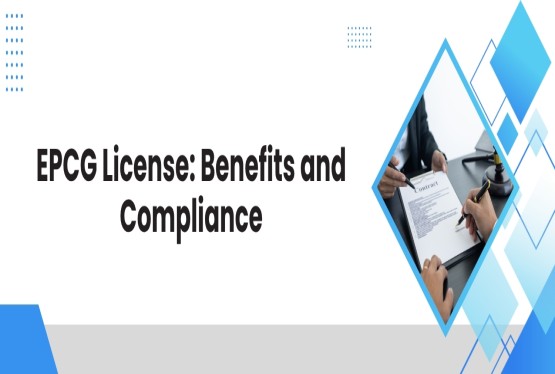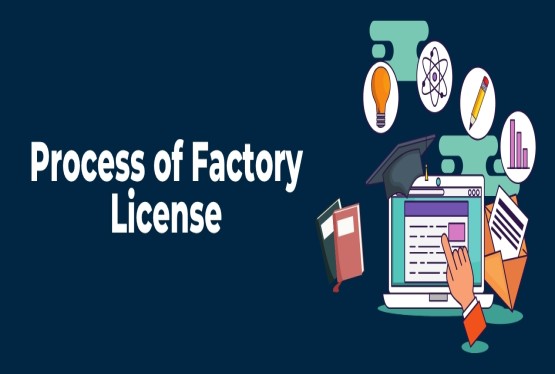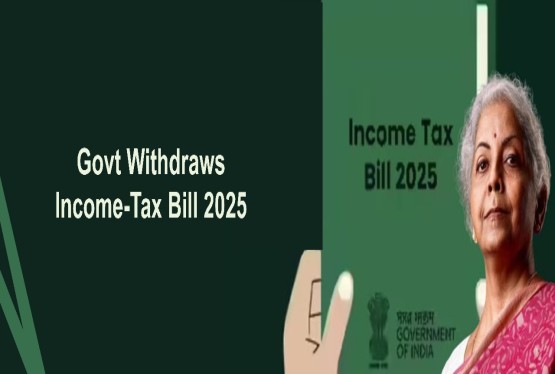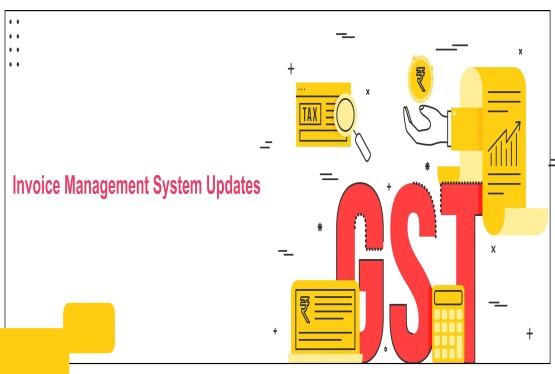Rule 86B of GST was introduced by the Central Board of Indirect Taxes and Customs (CBIC) through Notification No. 94/2020 – Central Tax, dated December 22, 2020. This rule came into effect from January 1, 2021, and it marks a significant change in the way taxpayers can utilize the Input Tax Credit (ITC) available in their electronic credit ledger. The primary purpose behind introducing Rule 86B of GST is to tackle the growing problem of fake invoicing and tax evasion within the Goods and Services Tax regime.
Utilisation of ITC before Rule 86B of GST
Before Rule 86B of GST was introduced, businesses were allowed to use 100% of their available Input Tax Credit to discharge their output tax liability. This was particularly helpful in eliminating the cascading effect of tax, where tax is paid on tax. ITC is accumulated through purchases and recorded in the electronic credit ledger. It can then be utilized to pay taxes such as CGST, SGST, and IGST. However, the introduction of Rule 86B of GST has placed a restriction on this full utilization, aiming to enhance transparency and stop the misuse of tax credits.
Restriction Imposed under Rule 86B of GST
Rule 86B of GST restricts the usage of ITC by registered persons in discharging their output tax liability. Specifically, the rule mandates that not more than 99% of the total output tax liability can be paid using the ITC available in the electronic credit ledger. In simple terms, at least 1% of the tax liability must be paid in cash through the electronic cash ledger.
Applicability of Rule 86B of GST
This rule is applicable to all registered persons whose taxable supply value (excluding exempt and zero-rated supply) exceeds Rs. 50 lakh in any given month. It is important to note that the threshold has to be checked on a monthly basis before filing each GST return. Therefore, every GST-registered business must assess its taxable turnover every month to determine whether Rule 86B of GST applies to them. This rule has an overriding effect, meaning it overrides any conflicting provisions in other CGST rules.
Calculation of Turnover Under Rule 86B of GST
The turnover under Rule 86B of GST is calculated by excluding exempt and zero-rated supplies. The formula for determining the applicable turnover is:
Taxable Turnover = Total Turnover - (Zero-rated Supplies + Exempt Supplies)
If this taxable turnover in a month exceeds Rs. 50 lakh, the rule applies, and the restriction of 99% usage of ITC will be enforced.
Key Restrictions Imposed by Rule 86B of GST
Rule 86B of GST introduces a specific restriction:
-
Registered persons whose monthly taxable supplies exceed Rs. 50 lakh can use only 99% of their ITC for the payment of output tax liability.
-
The remaining 1% of the tax liability must be paid in cash from the electronic cash ledger.
This rule ensures that businesses maintain a minimum cash transaction with the government, thereby reducing the risk of fraudulent credit utilization.
Objectives Behind Implementing Rule 86B of GST
The core objective behind Rule 86B of GST is to combat the increasing number of cases involving fake invoices. Unscrupulous businesses often create fake invoices to claim ITC without actually engaging in genuine business transactions. This fraudulent practice allows them to reduce their tax liability unjustly. By enforcing a minimum 1% cash payment, the government aims to verify the credibility of the businesses and ensure that only genuine taxpayers are able to avail ITC. This also discourages the practice of inflating turnovers through false documentation to avail higher tax benefits.
Practical Example to Illustrate Rule 86B of GST
Let us consider a practical illustration to understand Rule 86B of GST:
Suppose Mr. A makes taxable sales of Rs. 1 crore in a given month. The applicable GST rate is 12%. Therefore, the output tax liability amounts to Rs. 12 lakh. According to Rule 86B of GST, Mr. A can utilize ITC only up to 99% of Rs. 12 lakh, which is Rs. 11,88,000. The remaining Rs. 12,000 must be paid in cash. This example clearly shows that even if a taxpayer has sufficient ITC in their ledger, they are still mandated to pay a portion of their tax liability in cash.
Exceptions to Rule 86B of GST
There are specific exceptions under Rule 86B of GST which allow certain taxpayers to bypass this restriction. These exceptions include:
High Income Tax Payers
If the registered person, proprietor, karta, managing director, partner, or any other key individual has paid more than Rs. 1 lakh as income tax under the Income Tax Act, 1961, in each of the last two financial years for which the return filing due date under Section 139(1) has passed, they are exempt from Rule 86B of GST.
Refund Recipients
Registered persons who have received a refund exceeding Rs. 1 lakh in the preceding financial year due to zero-rated supply (export under LUT) or inverted duty structure are also exempt from this restriction.
Excess Cash Payments
If the registered person has cumulatively paid more than 1% of the output tax liability in cash during the current financial year, they are not restricted by Rule 86B of GST for the remaining months.
Government and Public Sector Entities
Government departments, public sector undertakings, local authorities, and statutory authorities are fully exempt from the applicability of Rule 86B of GST.
Commissioner's Discretion
The Commissioner or an officer authorized by him may, after necessary verification, remove the restriction imposed under Rule 86B of GST on a case-by-case basis.
Consequences of Non-Compliance with Rule 86B of GST
Non-compliance with Rule 86B of GST can result in penalties and increased scrutiny from the GST department. If a business wrongly utilizes more than 99% of ITC to pay output tax without falling under any exemption, the excess ITC used may be disallowed, leading to demand notices and interest liabilities. Businesses are advised to carefully evaluate their monthly turnover and ensure compliance to avoid legal complications.
Impact of Rule 86B of GST on Different Types of Businesses
Rule 86B of GST is specifically targeted at large-scale taxpayers. Small and micro enterprises with turnover less than Rs. 50 lakh per month are unaffected. However, large businesses operating with thin profit margins, especially in sectors like manufacturing, infrastructure, or wholesale trading, may face increased working capital pressure due to the mandatory cash payment requirement.
In such scenarios, businesses may need to revise their cash flow management strategies to ensure timely GST payments. The need to pay at least 1% of tax in cash can impact liquidity, particularly for businesses that primarily rely on ITC.
Effect of Rule 86B of GST on Business Practices
Rule 86B of GST is expected to bring about significant changes in business practices:
-
Reduction in Fake Invoices: The rule deters the use of fake invoices by ensuring a mandatory cash transaction.
-
Improved Credibility: Businesses that genuinely pay taxes gain higher credibility with tax authorities and financial institutions.
-
Compliance Burden: Although the rule increases compliance responsibilities, it promotes better discipline in tax payments and reporting.
Conclusion
Rule 86B of GST is a measure introduced to enhance transparency, prevent tax evasion, and ensure only genuine taxpayers benefit from the Input Tax Credit mechanism. While it adds to the compliance burden for large businesses and affects their working capital, it is a necessary step to plug loopholes in the GST system. Businesses should consult experienced professionals to ensure accurate tax planning, proper return filing, and compliance with Rule 86B of GST.
FAQs
Q1. What is Rule 86B of GST?
Ans. Rule 86B of GST is a provision introduced by the Central Government effective from January 1, 2021, which restricts the use of Input Tax Credit (ITC) available in the electronic credit ledger. As per the rule, registered persons cannot use more than 99% of their output tax liability through ITC if their monthly taxable turnover exceeds Rs.50 lakh. This means that at least 1% of the tax liability must be paid in cash.
Q2. Who is required to comply with Rule 86B of GST?
Ans. Rule 86B applies to all GST-registered businesses whose taxable value of supplies (excluding exempt and zero-rated supplies) exceeds Rs.50 lakh in any particular month. Such businesses must ensure that a minimum of 1% of their output tax liability is paid through the electronic cash ledger.
Q3. Are there any exceptions to Rule 86B of GST?
Ans. Yes, there are several exceptions. Businesses are exempt from Rule 86B if:\n- They or their key persons have paid income tax exceeding Rs.1 lakh in each of the last two financial years,\n- They received refunds exceeding Rs.1 lakh in the previous financial year due to zero-rated exports or inverted duty structure,\n- They have paid more than 1% of output tax in cash cumulatively during the current financial year,\n- They are government departments, PSUs, local authorities, or statutory bodies.
Q4. Does Rule 86B affect small businesses and MSMEs?
Ans. No, small businesses and MSMEs with monthly taxable turnover below Rs.50 lakh are not impacted by Rule 86B. This rule specifically targets large taxpayers to prevent misuse of ITC and curb tax evasion through fake invoicing.
Q5. Why was Rule 86B introduced under GST?
Ans. Rule 86B was introduced to curb tax evasion practices, particularly the use of fake invoices to fraudulently claim ITC. By mandating at least 1% of output tax liability to be paid in cash, the government ensures a minimum cash flow, making it harder for fraudulent entities to misuse the credit system.
Q6. How should businesses calculate their taxable turnover to check applicability of Rule 86B?
Ans. Businesses should calculate their taxable turnover by excluding zero-rated and exempt supplies from their total turnover. If the taxable value of supply in a month exceeds Rs.50 lakh, Rule 86B becomes applicable for that tax period.
Q7. What happens if a taxpayer fails to comply with Rule 86B of GST?
Ans. Non-compliance with Rule 86B can lead to rejection of GST returns, scrutiny by GST authorities, reversal of excess ITC claimed, interest payments, and possible penalties. Businesses must ensure strict compliance to avoid legal and financial consequences.








_crop10_thumb.jpg)




































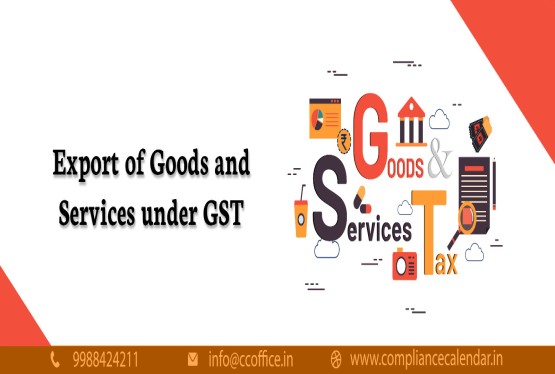













































_for_FY_2025-26_crop10_thumb.jpg)



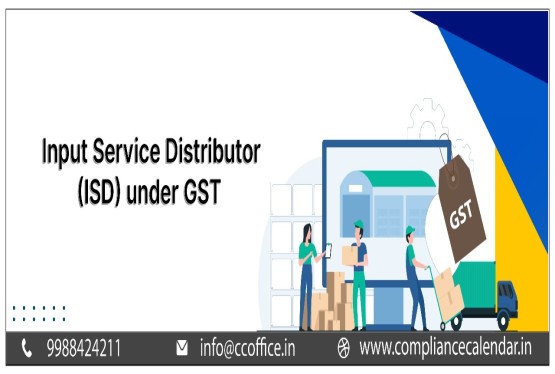








_learn_crop10_thumb.jpg)








_Filing_Due_Dates_for_FY_2024-25_learn_crop10_thumb.jpeg)
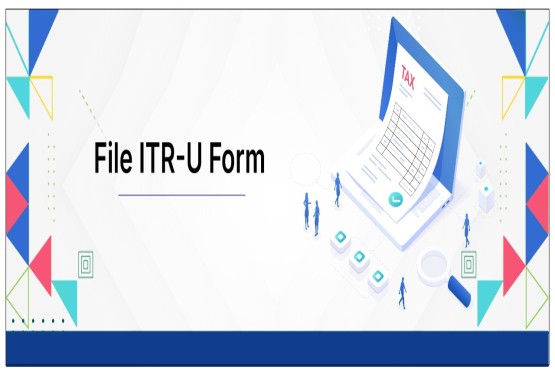

























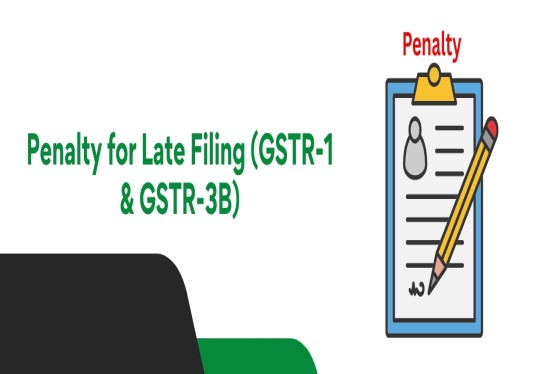












_of_GST_Act_learn_crop10_thumb.jpg)










_Under_GST_learn_crop10_thumb.jpg)









_crop10_thumb.jpg)


_crop10_thumb.jpg)






_learn_crop10_thumb.jpg)






















_of_the_Income_Tax_Act_learn_crop10_thumb.jpg)



_learn_crop10_thumb.jpg)
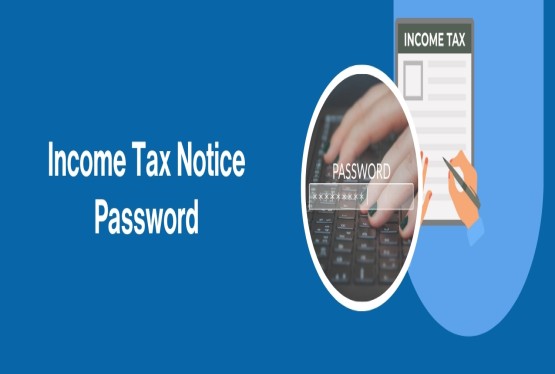





_learn_crop10_thumb.jpg)






_crop10_thumb.jpg)




















_in_The_Income_Tax_Act,_1961_learn_crop10_thumb.jpg)



_learn_crop10_thumb.jpg)



_of_the_Income_Tax_Act_learn_crop10_thumb.jpg)


_Of_Income_Tax_Act_learn_crop10_thumb.jpg)








_learn_crop10_thumb.jpg)








_learn_crop10_thumb.jpg)
_crop10_thumb.jpg)





















_learn_crop10_thumb.jpg)
_for_Import_and_Export_learn_crop10_thumb.jpg)










